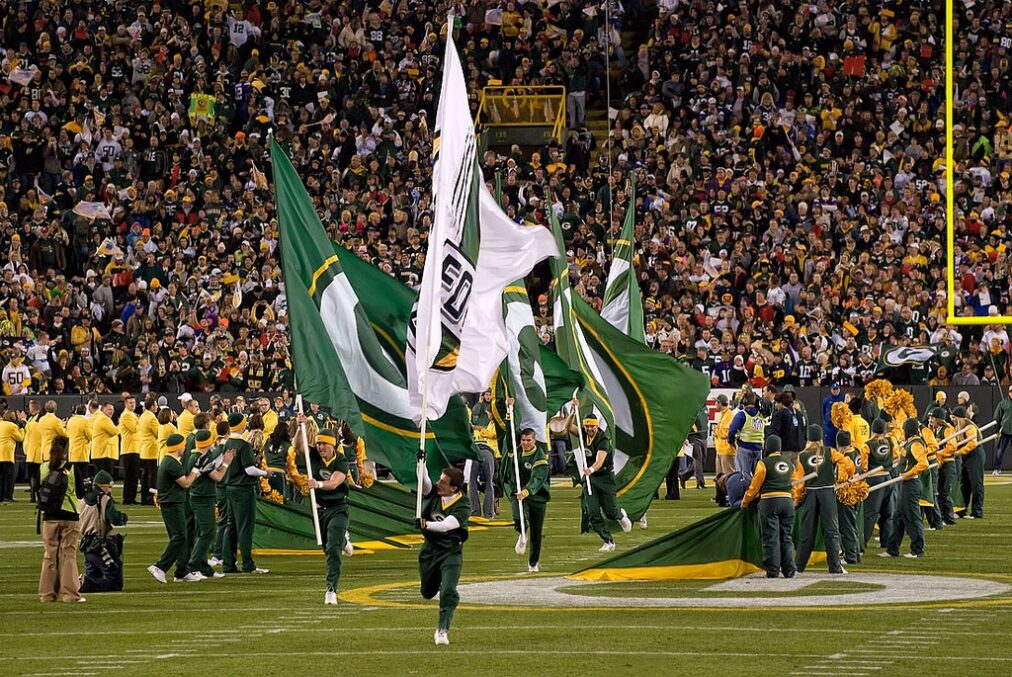
The Packers’ defense improved in rankings and turnovers following a transformative 2024 season. Still, Green Bay is making adjustments to address its weaknesses against elite teams. This article discusses how they intend to construct a championship-caliber unit.
The Green Bay Packers defense jumped from 17th to 5th in total yards allowed and nearly doubled its takeaways (17 to 31) in 2024 under first-year coordinator Jeff Hafley. The new 4-3 scheme solidified their run defense (28th to 7th), and young stars like Edgerrin Cooper emerged as playmakers. Nonetheless, there were holes: 0-6 against winning teams, a poor pass rush, and secondary depth questions. Coaches are already moving, draft speculation is happening, and free agent targets are all taking shape in Green Bay. Will those changes make them a title contender?
A Foundation for Defensive Growth
Jeff Hafley’s arrival in Green Bay signaled a turning point for a unit that had become stale. Passing from a 3-4 to a 4-3 base, the Packers went for aggression, ranking fourth in takeaways (31), and cutting rushing yards allowed by almost 30 per game. Rookie Edgerrin Cooper emerged as a revelation, winning two NFC Defensive Player of the Week awards and the December Rookie of the Month. The secondary was anchored by safety Xavier McKinney, who allowed a league-low 8.9 passer rating when targeted.
But statistics tell only part of the story. And players bought into Hafley’s “free, physical, and fast” mantra – safety Javon Bullard said, “We’re going to be dangerous.” The defense had a 37% third-down blitz rate – the third-highest in the NFL – and simulated pressures tripled under Hafley. However, critical flaws surfaced in high-stakes games. An embarrassing playoff loss to Philadelphia exposed flaws against elite quarterbacks, and the pass rush was woeful when it mattered most.
The Packers’ red-zone efficiency also improved slightly, giving up touchdowns on 55% of opponent trips (17th in the NFL) compared with 58% in 2023. It’s clear that Green Bay has progressed, but the gap to top defenses like San Francisco (42% red-zone TD rate in 2024) remains large. Getting over that chasm requires better execution in critical moments.
Targeting Weaknesses in Pass Rush and Secondary Depth
The takeaways by the Green Bay Packers hid a bigger problem: they weren’t putting enough pressure on the other team consistently. Even with creative blitz packages, the defensive line finished 18th in sacks (41), and Rashan Gary went from 12 in 2023 to 9.5 in the next season. The firing of defensive line coach Jason Rebrovich underscored the need to improve, head coach Matt LaFleur said.
The secondary received similar scrutiny. With Jaire Alexander missing seven games with an injury, the primary cornerback was Keisean Nixon. Although rookie safety Javon Bullard had some success, opponents capitalized on mismatches when Alexander was out. Green Bay must choose between veteran reinforcements or the draft, with Eric Stokes entering free agency and Alexander’s future uncertain. Analysts link them to free-agent cornerback Nate Hobbs, and mock drafts see Texas’s Jahdae Barron as a potential fit.
Schematic weaknesses were further illustrated by the Packers’ struggles against play-action passes. The opposing quarterbacks averaged 112.3 on play-action throws, allowing linebackers to exploit the coverage. In two of those games, tight ends like Detroit’s Sam LaPorta smashed Green Bay for 198 yards and three touchdowns. To fix those mismatches, Hafley’s staff is working on better pre-snap disguises and linebacker discipline this offseason.
How Elite Teams Pushed Green Bay to Rethink
Six losses to winning teams revealed systemic problems. The Packers allowed 29.3 points per game in those matchups compared with 16.1 against sub-.500 rivals. When facing quarterbacks like Detroit’s Jared Goff, the pass rush forced pressure on just 28% of dropbacks (22nd in the NFL) in Philadelphia’s playoff, highlighting poor gap discipline as the Eagles averaged 6.1 yards per carry.
Penalties compounded these struggles. Green Bay ranked 12th in defensive flags (87), including 17 unnecessary roughness calls. “We lost composure in key moments,” LaFleur acknowledged. DraftKings season analysis highlighted the Packers’ penalty issues as a key factor in their 3-4 record against the spread in divisional games, with opponents capitalizing on free yards. Cleaning up mental errors is as critical as schematic tweaks.
Third-down efficiency also lags against top opponents. It was a 45% conversion rate for the Packers against playoff teams versus a 34% win rate. This could be alleviated by upgrading the cornerback spot, where opponents completed 68% of passes. A free agent target, Nate Hobbs allowed a completion rate of just 56% in the slot for Las Vegas in 2024.
From Conservative to More Aggressive Plays
Hafley’s scheme abandoned the “bend, don’t break” philosophy of his predecessor Joe Barry. He instead used cover-and-blitzes (six + rushers) three times more often and applied disguised pressures on 32.5% of snaps. Eventually, this aggression paid off: Green Bay gave up 5.1 points less per game but also gave up big plays. Triple-high safety looks and more man coverage benefited Alexander from his lockdown ability, but injuries exposed the strategy’s fragility.
The transition was not seamless. Although the 4-3 alignment suited linemen like Kenny Clark, linebackers faced steeper coverage demands. Cooper said midseason that Quay Walker was athletic in space, but communication breakdowns occasionally left gaps. The Packers realized they needed more out of of defensive line. By December, Hafley was adjusting to heavier cover-2 usage (26% of snaps – tied for the NFL lead).
Hafley attended college at Ohio State. His Buckeyes defense ranked fourth in yards allowed per play (4.13) and fourth in scoring defense (13.7 PPG) in the nation, but he has to improve his situational playcalling. Against Hafley’s Ohio State squad, for example, opponents converted 41.4% of red-zone trips into touchdowns – a benchmark the Packers want to match.
Can the Packers Play Top-Tier Defense?
Still, analysts remain cautiously optimistic. But the offensive firepower of the NFC North, like Detroit’s Amon-Ra St. Brown, Chicago’s DJ Moore, demands some improvement. It may come down to drafting a blue-chip edge rusher or trading for a veteran like Danielle Hunter.
The defense is key to Green Bay’s 9-win Las Vegas projection. And if Hafley gets his Year 2 adjustments right, this unit could mirror San Francisco’s 2023 turnaround. With rivals loading up, though, the margin for error is slim. Will aggression win out over youth, or will growing pains prevail?
The Packers are far from done overhauling their defensive setup. A few strategic draft picks, some coaching upgrades, and refined schemes could help 2025 establish them as serious contenders. Complacency is not an option in Titletown.


![Eagles vs Chargers Odds, Stats and Free Pick [12/8/25]](https://ultimatecapper.com/wp-content/uploads/2024/10/justin-herbert-chargers-218x150.jpg)
![Week 14 NFL Free Picks & Predictions [2025]](https://ultimatecapper.com/wp-content/uploads/2021/10/lamar-jackson-ravens1-218x150.jpg)
